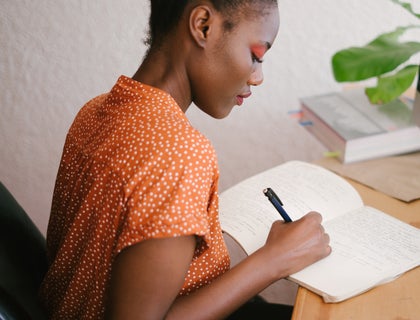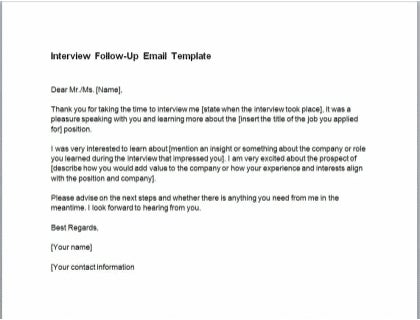
Interview Follow-Up Email Template Download
Download this follow-up email template in MS Word format and start using it straight away.
Download NowDear Mr./Ms. [Name],
Thank you for taking the time to interview me [state when the interview took place], it was a pleasure speaking with you and learning more about the [insert the title of the job you applied for] position.
I was very interested to learn about [mention an insight or something you learned about the company or role during the interview that impressed you]. I am very excited about the prospect of [describe how you would add value to the company or how your experience and interests align with the position and company].
Please advise on the next steps and whether there is anything you need from me in the meantime. I look forward to hearing from you.
Best regards,
[Your name]
[Your contact information]
Why send a follow-up email?
Sending a follow-up email after an interview is often expected and can benefit your application in several ways. For one, it allows you to reaffirm your interest in a position and to underline the value you would add to the company you are interviewing with.
Moreover, it helps you to make a good impression on the hiring manager, showing that you are thoughtful and appreciative.
How to Write a Follow-Up Email:
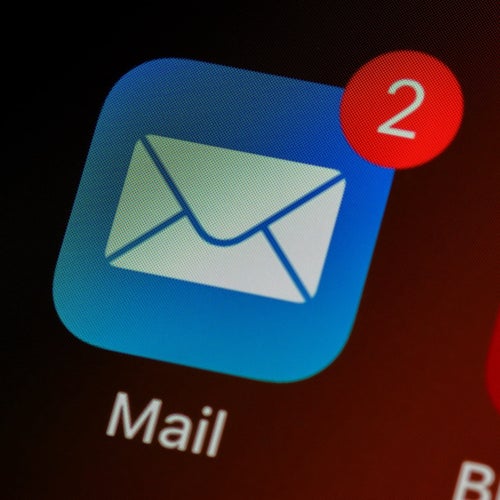
Use our step-by-step guide to write a clear, simple follow-up email after an interview.
Start your email.
Use the subject line.
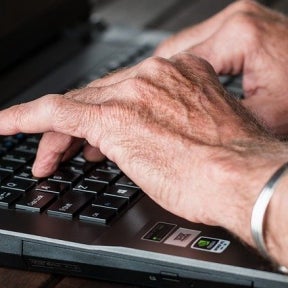
The subject line is the first thing the email recipient sees and can impact whether and when your email is opened. If you already have been in email contact with the person responsible for getting back to you after the interview, it is often best simply to continue the email thread by replying to the last email between the two of you.
If you are composing a new message, the subject line should be relevant to the recipient and make them want to open it. Following a job interview, this might include an expression of thanks and a reference to the interview. Try to match the tone and formality to that of your interview.
Examples of subject lines: "Great speaking with you today," "It was a pleasure meeting you today," or "Thank you for interviewing with me."
Add an appropriate salutation.

Begin the letter by addressing the intended recipient by name. If in prior communication or during the interview you have been on a first-name basis with the recipient, it is acceptable to use the recipient's first name. However, if you are not on a first-name basis or are uncertain about this, address the recipient using their last name.
Examples of good salutations: "Dear Anna," "Dear Mr. Smith," or "Dear Ms. Jones."
Compose the body of your email.
Introduce the reason for your email.
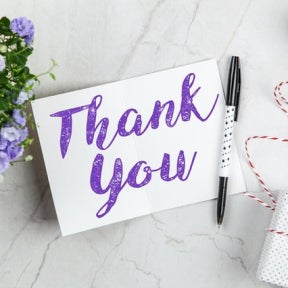
The body of a follow-up email should be kept very concise and to the point. Begin with thanking the interviewer for their time, mentioning when the interview took place to remind them.
Example: "Thank you for taking the time to interview me this morning, it was a pleasure speaking with you and learning more about the [job you applied for] position."
Reiterate your interest in the position.

Address specific discussion points and/or details from the interview and reaffirm your interest in the position. Address what in particular makes you the right fit for the job or how your experience and interests align with the requirements or demands of the position.
Example: "I was very interested to learn about [mention something you learned about the company or role during the interview that impressed you]. I am very excited about the prospect of [describe how you would add value to the company or how your experience and interests align with the position and company]."
Add a closing paragraph.

End with a short paragraph addressing the next steps and asking whether any additional information is required of you (unless this was already addressed during the interview). If during the interview a request for additional information was made, you can mention that this has already been sent or provided or that it is enclosed with this email.
Example: "Please advise on the next steps and whether there is anything you need from me in the meantime. I look forward to hearing from you."
Finish your email.
Add a signature.
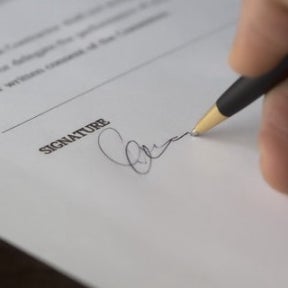
Sign off with a formal or semi-formal closing phrase, depending on the degree of formality established in your previous exchange with the recipient, along with your name and contact details. Closing phrases such as “Best” and “Regards” are more semi-formal while “Sincerely” and “Respectfully” are considered formal.
Example: "Best regards, [Your Name], [Contact information]."
Review your email.
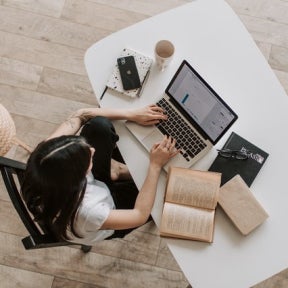
Go over your email to check for any language errors before clicking send.
Key points to keep in mind:
- Be short and clear.
- Keep it professional.
- Proofread and spell-check before sending.
When to send a follow-up email:
The first follow-up email after an interview should be sent within 24 hours, expressing thanks and inquiring as to the next steps.
If you have not received any feedback in over a week after your first follow-up email, you can send a second follow-up email as a gentle reminder that you are waiting on feedback. This should be just as friendly, enthusiastic, and professional as the first follow up email, but shorter.
How to Write a Second Follow-Up Email:
1. Subject line.
Rather than composing a new message with a different subject line, continue with the existing email thread that contains your first follow-up email.
2. Salutation.
Use the same salutation as you did in the first follow-up email.
3. Body.
The structure of the body should be shorter and more concise than in your first follow-up email but maintain the same degree of friendliness, enthusiasm, and professionalism. State that you are just following up on the interview, reaffirm that you are still very interested in the position, and ask for an update.
4. Sign off.
Use the same formal or semi-formal tone used in your first email.
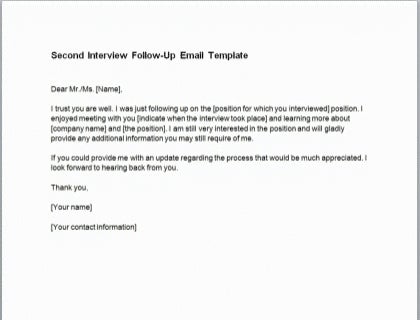
Second Follow-Up Email Template Download
Download this template of a second follow-up email after an interview in MS Word format.
Download NowDear Mr./Ms. [Name],
I trust you are well. I was just following up on the [position for which you interviewed] position. I enjoyed meeting with you [indicate when the interview took place] and learning more about [company name] and [the position]. I am still very interested in the position and will gladly provide any additional information you may still require of me.
If you could provide me with an update regarding the process that would be much appreciated. I look forward to hearing back from you.
Thank you,
[Your name]
[Your contact information]


